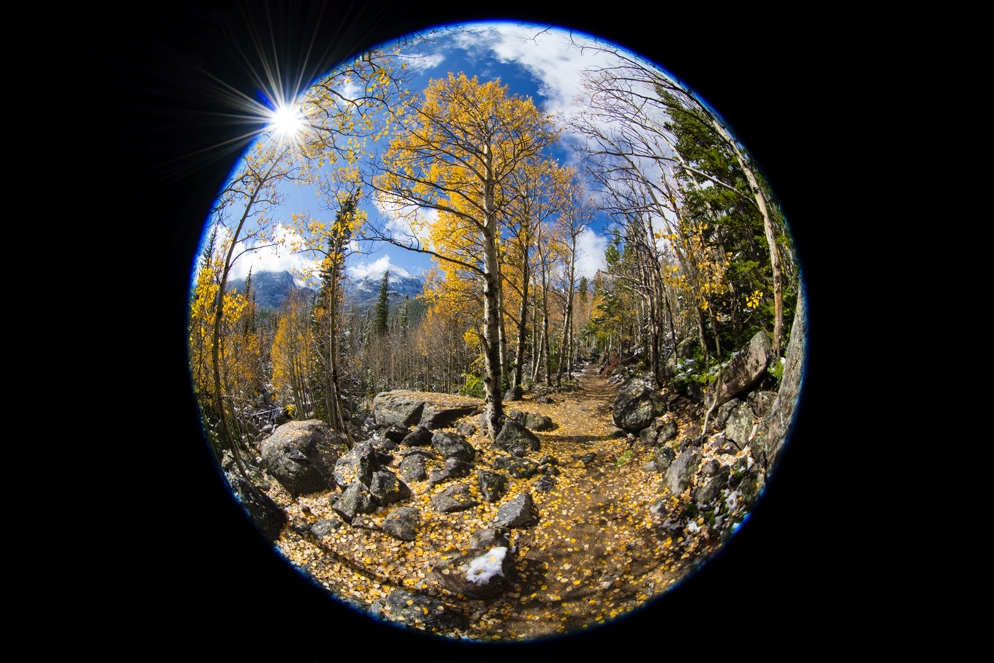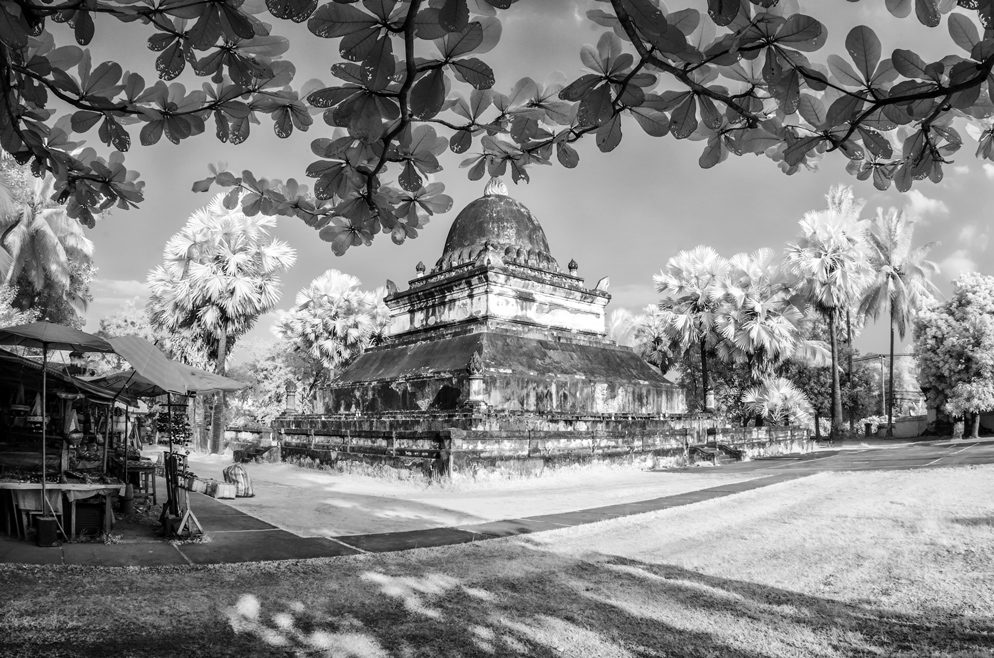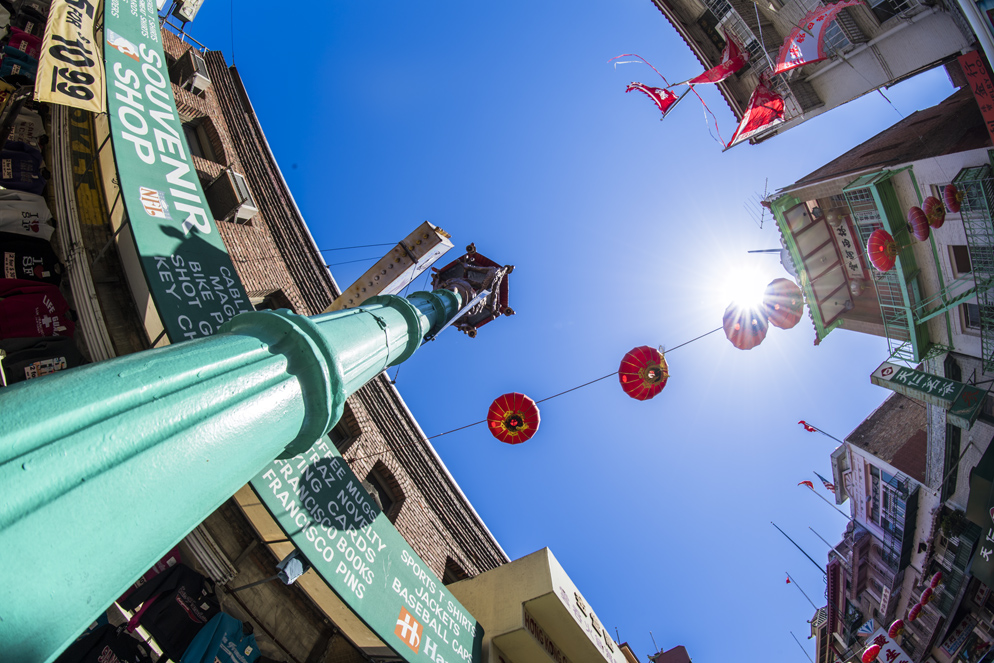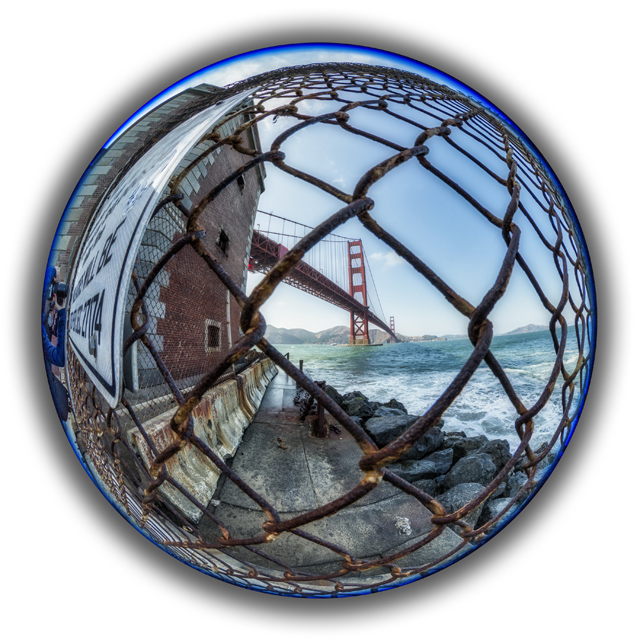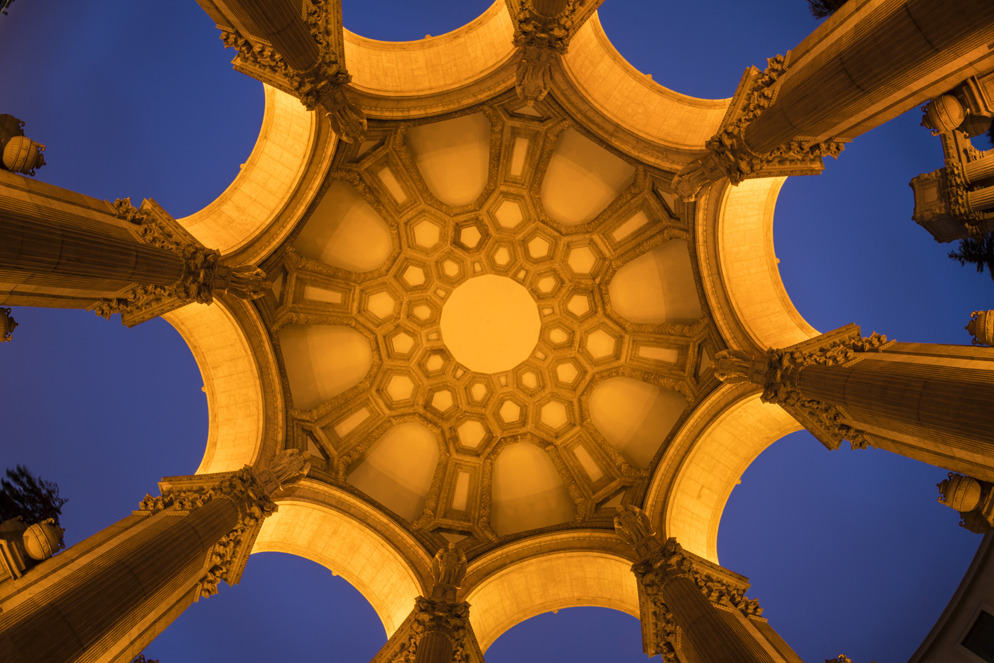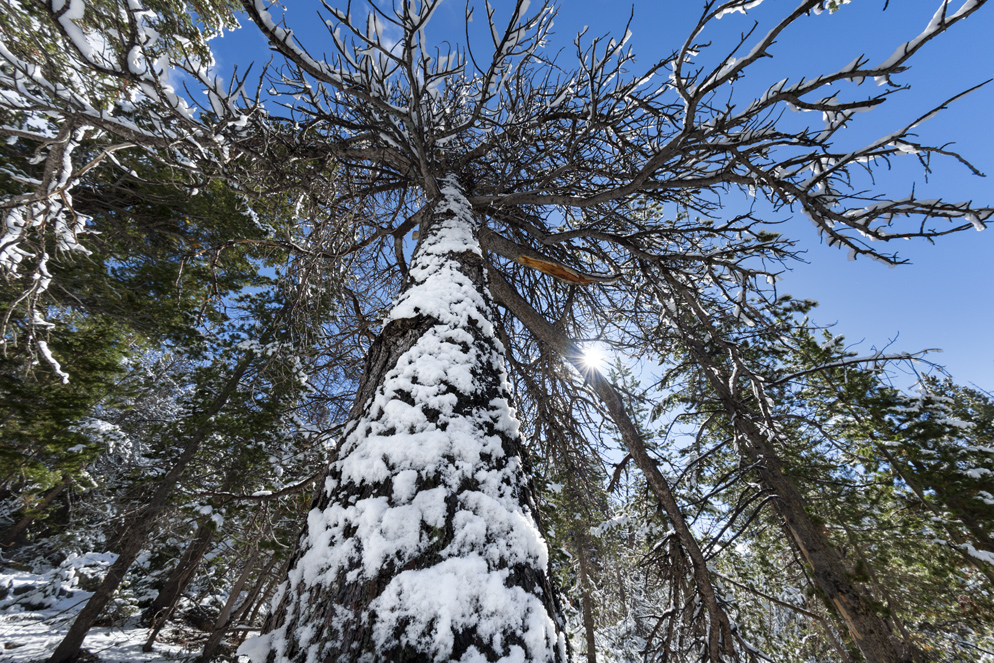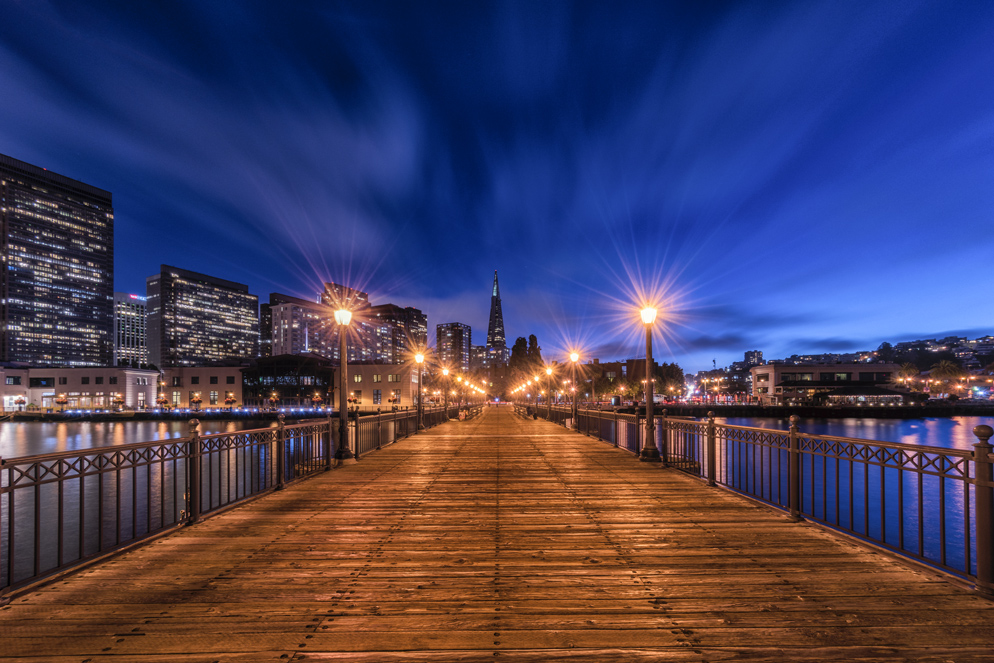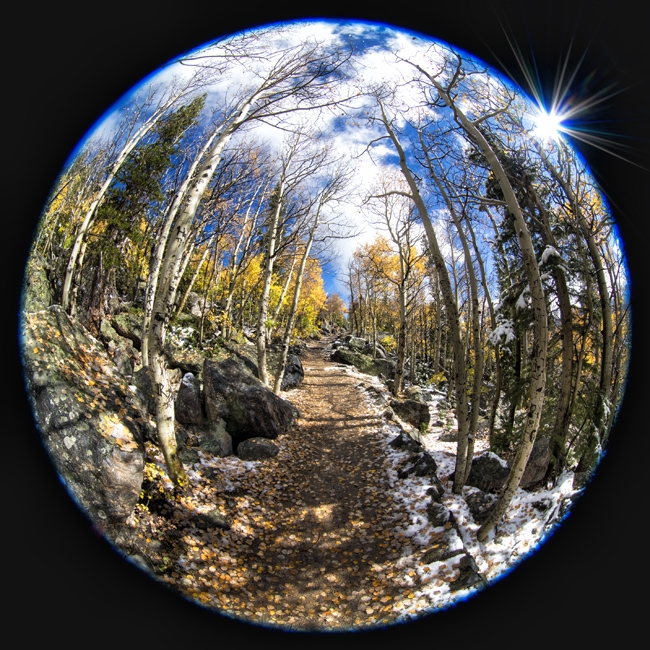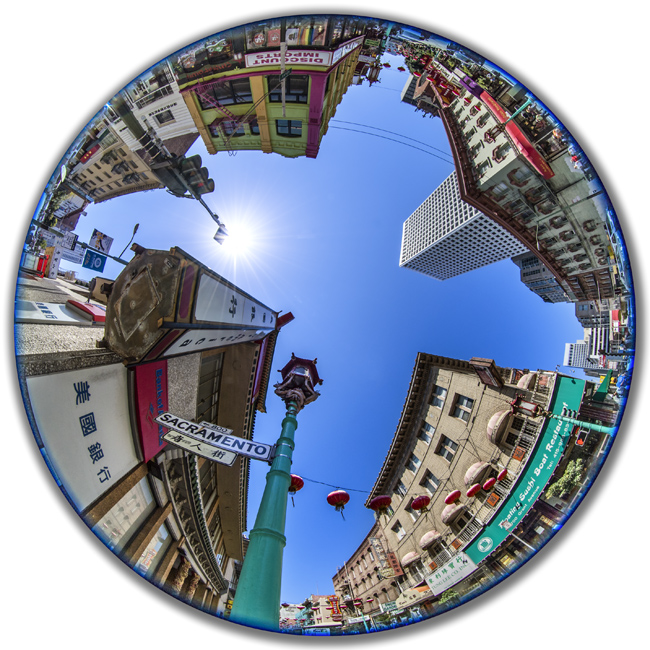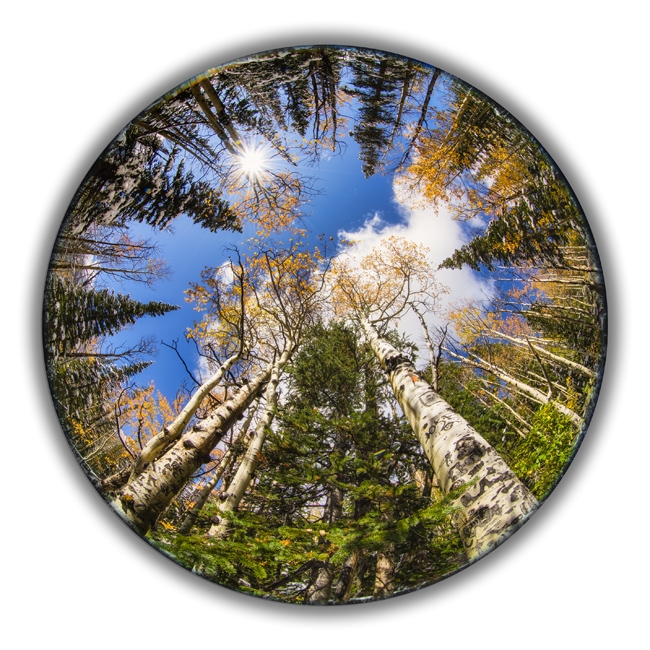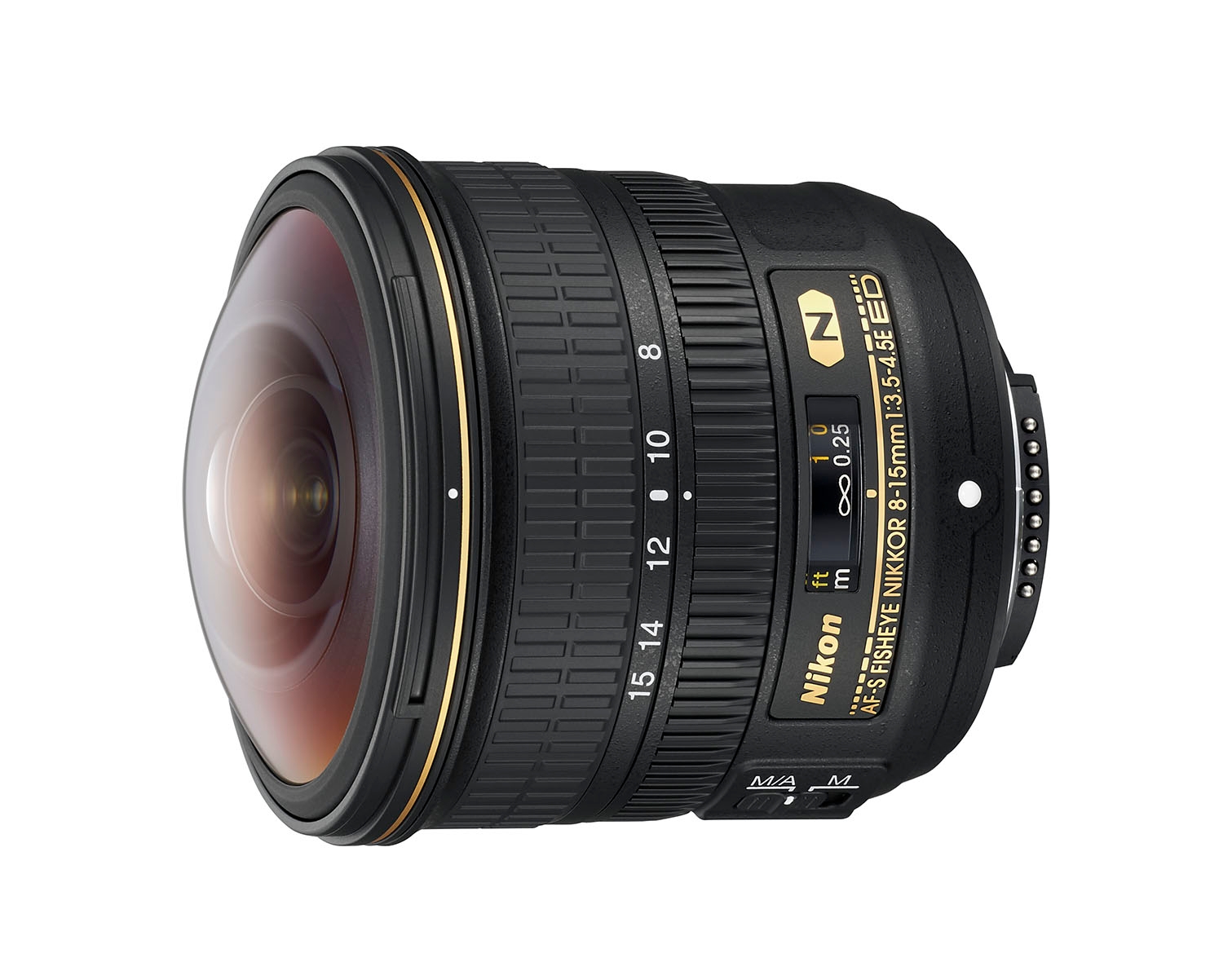Something Different: A New Lens for New Views
Nikon's AF-S Fisheye NIKKOR 8-15mm f/3.5-4.5E ED lens
What are we looking for, really?
Better pictures, of course. And the ideas that fuel them. And the gear with the versatility to not only turn the ideas into images but to inspire the ideas in the first place.
Or Is it different pictures that we really want? Pictures that don't just stand out—they jump out and demand attention.
Well, if that's what you're looking for, we've got your lens: the AF-S Fisheye NIKKOR 8-15mm f/3.5-4.5E ED.
That's right, a fisheye zoom. In fact, it's Nikon's first fisheye zoom.
It's a lens that travel photographer Deborah Sandidge has embraced with an enthusiasm born of the pursuit of singular images, and the desire to turn the ordinary into the startlingly different.
Look through the finder of an FX (full-frame) Nikon DSLR with the 8-15mm lens at its 8mm focal length and you're going to see the world differently; Deb calls that circular image "the snow globe view of the world." At 15mm, you'll see an extremely wide-angle rectangular view. As you zoom from 8mm to 15mm, the circle gets wider, then more and more rectangular.
"I love the way the lens pulls everything in," Deb says, "and how it can work its magic just about everywhere—in the forest, the mountains and on city streets."
She singles out an instance that illustrates this point and sums up her enthusiasm. "I'm in Rocky Mountain National Park, and I'm looking up at the clouds, and I can turn and see tree tops all around me. With this lens I can get a view that's going to include all those trees, that will bring them all into the composition."
This is not a lens that's going to capture what you see; it's going to see the world in a way you can't, and because of that, it's a lens that will encourage you to view a scene and then think, Okay, let's see what this looks like through the 8-15mm.
Of course it's natural for a travel photographer looking to add uncommon, attention-getting views to her portfolio, but it's also natural for the photographer looking to explore unusual visual possibilities of the familiar world.
"The views through this lens remind me of what it felt like being a child and making all those child-like discoveries of the world," Deb says. "The images have a sort of magical and nostalgic look to them."
AF-S FISHEYE NIKKOR 8-15mm f/3.5-4.5E ED Lens
A different take on the Golden Gate Bridge. "It was cooler shooting through the fence at 8mm from this spot than trying to get through it to eliminate it from the frame." D5, AF-S Fisheye NIKKOR 8-15mm f/3.5-4.5E ED, 1/200 second, f/16, ISO 400, manual exposure, Matrix metering.
Traveling Companion
The 8mm view is the most unexpected and dramatic, but at 15mm the lens is going to provide vast, revealing wide-angle images that capture detailed, often unexpected views. "Whatever you choose to view at 15mm," Deb says, "the lens is going to show—actually create for you—a different world, literally something you can't see otherwise."
And it's this opportunity to play with the possibilities, to view the familiar in an unfamiliar way, that makes the 8-15mm a take-along lens. "It's a lens I always wanted to have," Deb says, "so I don't leave it behind. Even if I don't plan on shooting with it, you can bet the next time I'm in Chinatown in San Francisco, or Times Square in New York, or the Great Smoky Mountains—all places where I can capture as much color and vibrancy as possible—I'm going to want to see the familiar in a surprising new way."
Pier 7 in San Francisco at 15mm and 25 seconds. Deb calls it "small aperture starburst drama." She says she's shot this place many times, "but this lens was an opportunity to shoot it with a different look—a super-wide view with a beautiful blue sky and wonderful clouds. I tried different f/stops to see what the starbursts would look like—they were really pretty at f/16, and the leading lines pull you right to the Transamerica Pyramid." D810, AF-S Fisheye NIKKOR 8-15mm f/3.5-4.5E ED, 25 seconds, f/16, ISO 64, manual exposure, Matrix metering.
Personal Touch
Deb sometimes alters the background of the images she makes at the 8mm focal length of the lens. The default view of the lens renders the circle with a black background; it's the inside of the lens. "But sometimes I like to take the circular image, and in [Adobe] Photoshop place it on a white background," Deb says. "It changes the dynamic of how you see the image—on white it seems there's more of a dimensional look to it."
Often, after making a perfect circle selection of the image and copying it to a white background, she'll use the Layers function to add a drop shadow to the image—"to bring a bit more dimensionality to the photograph."
In the Bear Lake region of Rocky Mountain National Park. "There's a different dynamic to the way the trees bend than there is in a similar image of a different area of the trail," Deb says. It's the choice of distance from the trees that determines the degree of their curvature. D850, AF-S Fisheye NIKKOR 8-15mm f/3.5-4.5E ED, 1/125 second, f/16, ISO 320, manual exposure, Matrix metering.
Trees, sky and a starburst sun in Rocky Mountain Nation Park. "You can rotate the trees by choosing where to stand, so there were a lot of possibilities here. In this composition all the trees play a part, and I got low to pull them into the frame; if the camera's higher, it tends to cut them off." D850, AF-S Fisheye NIKKOR 8-15mm f/3.5-4.5E ED, 1/200 second, f/16, ISO 320, manual, Matrix metering.
As inspiring as the lens is, using it isn't a point-and-shoot process. Deb's decisions about subjects, vantage points, framing and composing are crucial to the creativity of image making.
After shooting with the lens for several months, her enthusiasm is undiminished, and she suggested that in addition to its creative potential, the 8-15mm's built-in play, fun and wow factors have a lot to do with that fervor.
We agree completely. In case you haven't noticed, we're kind of enthusiastic about this lens too.

